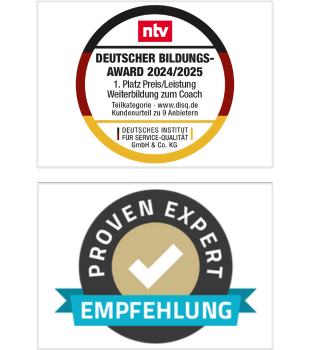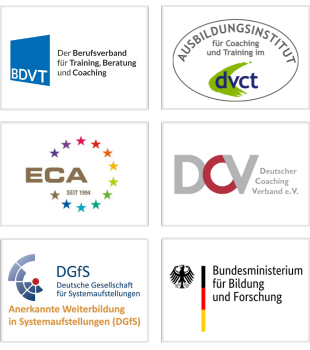dependencies and limitations
Abschlussarbeit von Audrey Krucker, als PDF lesen
Studies about management styles have been numerous in the past decades. Management styles would first be described by Kurt Lewin in 1939 in the Journal of Social Psychology.
Afterwards more and more psychologists would study intensively management theory.
The authoritarian management style was described by Lewin as part of three general management styles. A manager embodied authority and had a central decision power. This management style would be detail and success orientated. Such style was not especially people oriented, preferring achieving company goals as quick as possible.
Managers have in this case a power position, deciding the company strategy and communicating it to the employees without involving them in the decision process.
Authoritarian managers might not consider themselves as part of the team, but keep a certain distance from team members, while being assertive.
A modern management theory is introduced by Daniel Goleman in his book “The emotionally intelligent leader”. It includes six type of leadership style: a manager is nowadays expected to be a leader focusing on people in order to lead to better results.
Company cultures are nowadays expected to be characterized by flexibility, openness and trust between management and employees. This is due to an increased rapidity and complexity of the current work environment.
New generations have also other expectations from their work and company.
One of the management style described by Coleman which stroke me is the so-called “Coaching leadership”.
Team members and their personal development are put into focus, which leads to a positive and motivating company culture. Manager should be empathic, would focus on the strengths of each team member individually and would build tight relationship with employees through individual feedback culture.
Companies want their management and leadership teams to develop their coaching competencies, therefore more and more managers are learning to become coach.
Reading about those different management styles was an eye-opener, which led to following questioning:
What is the difference between a coach and a manager role?
Can a manager coach his team and to which extend?
Managing and Coaching : what is the difference?
It is important to understand the difference between a manager and a coach, as well as knowing if both roles can be taken over by one same person or if those roles should be differentiated in a company.
| What are coaches for? | What are managers for? |
|---|---|
| – Improve employee performance
– Increase employee engagement – Let employees be part of decision making – Develop employee professionally – Provide constructive feedback | – Assign tasks
– Delegate work – Monitor and evaluate progress – Train new employees – Take top-down decisions – Meet targets and deadlines – Solve problems and conflict situations |
Coaching is giving guidance to the employees and collaborate with them in order to enable them finding their own solutions and taking conscious decisions. This increases generally their commitment to work and support their professional development.
Coaching focuses on the growth of the employees and help them to increase their performance on the long-term. One of its primary aim is to make team members feel valued and supported. Through critical thinking and being solution oriented instead of problem orientated, the coach helps people to develop positive behaviours and habits. Coaching could be described as a two way communication between coach and coachee: it is an exchange at eye level. The coachee explains its goals and challenges and the coach will guide and support by asking relevant questions and using coaching tools.
Managing is giving direct instructions to the employees and has a supervision component in order to track achievements and get short term results. A manager is expected to be result oriented and be able to take decisions, as their performance is usually measured by the achievements of company objectives. Managing is very effective : decision making stays with the manager, who give clear tasks to be achieved to the employees. However communication goes usually one way from manager to employee and feedback is provided when necessary.
To sum-up here are the key focus of managers and coaches:
| Coach | Manager |
|---|---|
| – Growth
– Two-way communication – Long-term development | – Directive and task oriented
– One-way communication – Decision-making |
Being a coach and a manager: To which extend?
Most probably both roles, manager and coach, can be blended into a right balance. A good manager should have coaching competency as much as core management abilities and that coaching and managing are complementary skills.
What is this balance?
Which lines should not be crossed?
What can be the consequences?
What does speak against mixing both roles of manager and coach?
A manager might not want to be a full-time coach to his employee. An employee might not want to be a full-time coachee to his manager.
First it is very much necessary to define the framework in order not to cross personal boundaries of the employees. Coaching generally includes sharing personal behavioural patterns and private history, which in a business context might be very uncomfortable.
Employees might not want to trust their manager with those confidential information: the manager represents the company, even if the framework of the coaching is set and the role are explained. The employee might then not be authentic during the coaching process.
Not to forget that a coaching can only be lead if the coachee is aware of it and approve the process.
This is actually the most central point before starting any coaching session.
Manager and employee do not have the same role and level in the company, one is the subordinate of the other on the hierarchy scale. And this is one more reason why the coaching cannot be successful – manager and employee are not at eye level: final decisions are in the hand of the manager and the employee is aware of it.













